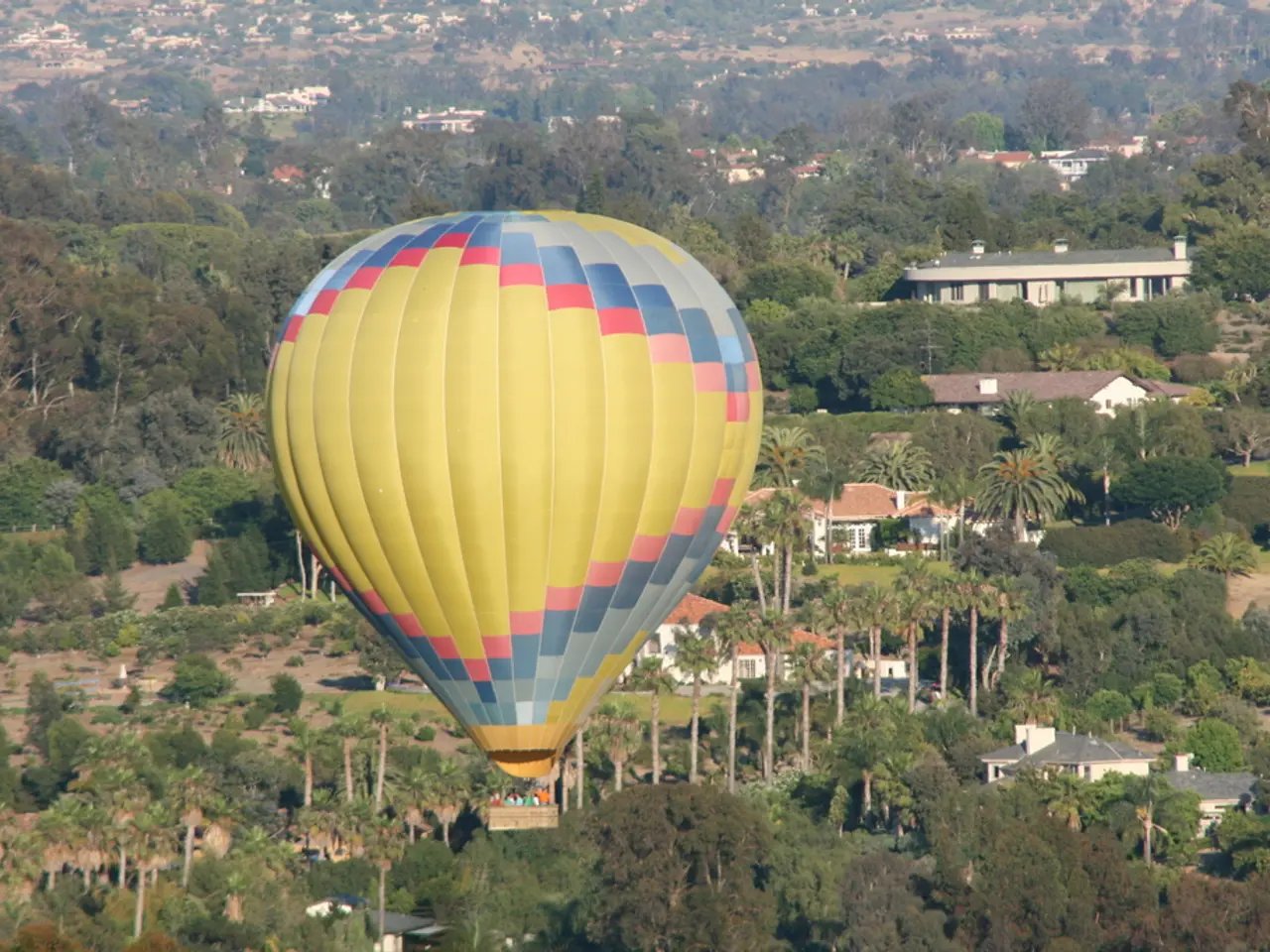Exploring the Force Applied in Air Emission
In the realm of science education, simple and interactive activities can make learning both enjoyable and informative for young students. Ally Bull, a science education specialist, has outlined a series of activities that help students at levels 1 and 2 in the New Zealand Curriculum understand the push of air and effects of air pressure.
One such activity is the classic experiment of poking a straw into a potato, which demonstrates air pressure in a fun, tactile way. By observing the resistance or movement of the straw, students can gain a conceptual understanding of air pressure pushing against objects.
Another engaging activity involves creating static electricity with balloons. Rubbing a balloon on hair or fabric generates static electricity, causing the balloon to stick to surfaces or move small objects. This indirectly relates to air and forces, building foundational understanding of invisible forces.
Water pressure with Styrofoam cups is another concrete demonstration of air pressure and force. By decorating and submerging cups underwater, students can observe how water pressure compresses air inside the cups. A simplified version of this activity can be adapted for levels 1 and 2.
Balloon experiments also play a significant role in these activities. Blowing up balloons and releasing them helps students visualise air pressure and force in action. Using balloons as simple "science wands" to move light objects also illustrates invisible forces.
Activities that involve playing with wind and air movement, such as blowing on lightweight objects or using simple fans, can help children observe the push and pressure of air directly.
These activities are not only entertaining but also support the development of key science capabilities such as making observations, asking questions, and participating actively in learning through hands-on experiences. They encourage curiosity and questioning, develop observation skills, support hands-on and experiential learning, build language and communication, and even integrate cross-curricular links, making science accessible and enjoyable while supporting holistic learning.
In summary, simple, playful experiments with straws, balloons, blowing air, and observing water pressure effects provide age-appropriate, tangible ways for students to experience and understand the push of air and air pressure. These activities align well with the goals for levels 1 and 2 science learning, where students are encouraged to explore the natural world with curiosity and develop foundational scientific understandings through active participation in their learning environments.
This article was originally published by Referencing Hub media, and a downloadable Kupu Māori glossary is available to support learning about air.
Science activities involving straws, balloons, and air movement offer an enjoyable and educational means for young learners to comprehend the push of air and effects of air pressure. Engaging in activities such as the straw and potato experiment, generating static electricity, observing water pressure, and playing with wind help students understand invisible forces and develop key science capabilities.




